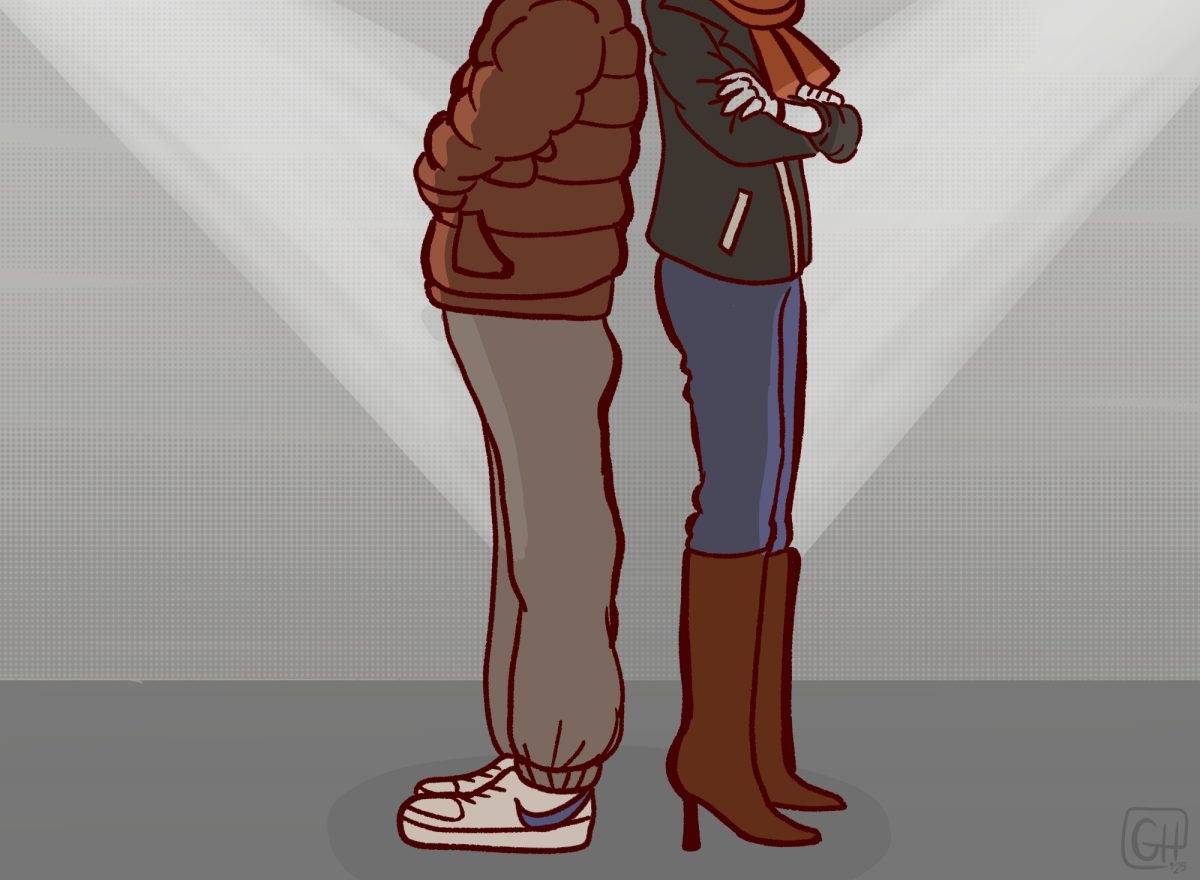For Bostonians, the annual St. Patrick’s Day parade is as magical as the stories of leprechauns and pots of gold you heard about as a child. The day is filled with bands, marches, food and festivities, and takes place in Boston’s beloved “Southie” neighborhood.
This year, however, among the masses of spectators drinking beers and sporting green in hopes of avoiding a pinch, approximately 20 men attended the event wearing neo-Nazi insignias. According to the Anti-Defamation League and the Counter Extremism Project, the logo belongs to the Nationalist Social Club, a white supremacist organization that is one of the largest in the United States.
Among Boston news media outlets, the men’s presence has been photographed, headlined and commented upon incessantly. The coverage extended to social media as well.
When the Nationalist Social Club posted a video the Monday after the parade with a song from Boston-based Irish band Dropkick Murphys in the background, the band immediately took to Twitter, stating “We will SMASH you.” Coming from a band whose singer actually smashed a Nazi on the head with a guitar at a concert nine years ago, the tweet’s credibility is hard to disprove.
The media’s consternation at the neo-Nazis’ presence is understandable. After a powerful racial justice movement, the election of the first woman of color as Boston mayor and the prospect of the first female, Black Supreme Court justice, do we really still have to deal with people who think a great-great grandfather from Ireland makes them more entitled to this country than everyone else?

The problem, however, is that the influx of provocative headlines and impassioned letters to the editor could be indirectly serving the very mass of gaiter-sporting men it seeks to condemn. By providing neo-Nazi groups publicity which is often disproportionate to the actual actions they take, news media outlets portray them as more important and influential than they actually are. One antisemitic blogger and podcast host argued, “They’re giving us the microphone out of their own sort of paranoia and neurosis and sort of perverse desire to actually empower us.”
It’s true that the media generally portrays these groups as no better than the freakishly overgrown rats menacing Allston. But their displeasure makes no difference. For those already subscribed to alt-right ideology, any indication that their beloved brainwashing clinic — sorry, I mean neo-Nazi organization — is making social waves encourages them to support the cause further.
Last week’s alt-right parade attendees didn’t really do much beyond holding up a xenophobic sign with badly spray painted block letters. Yet, the amount of media response their presence has triggered would make you think they made more ruckus than the pipes and drum band.
In some ways, the Dropkick Murphys’ response plays into this phenomenon. As comforting as the thought of neo-Nazis getting beaten up in a dog park is, the fact that Boston’s Nationalist Social Club got the attention — and multiple Twitter threats — of a prominent band is also a testament to the group’s increasing influence on society.
Will those already condemning “liberal snowflakes” and consuming the Daily Wire see the Dropkick Murphys’ anger as encouragement to join an organization that has the power to engage prominent artists? Given the potential for excessive publicity to fuel alt-right movements, should the media choose to stop covering their unwelcome appearances?
Caught in the bubble of protests for reproductive freedom and entire classes devoted to Antiracism, it’s easy to believe Massachusetts is a progressive haven. Yet, groups such as the Nationalist Social Club and their dangerous ideology continue to exist. If the media were to ignore their presence, the threat they pose to the Boston community could be forgotten.
All around the nation, hate crimes are on the rise. People outside of the white male ideal upheld by these groups can’t afford to be ignorant of neo-Nazis. For them, it’s not just another parade ruined by a reminder of Boston’s racist past, but a question of whether or not their next encounter will result in a potentially deadly hate crime.
Perhaps the solution is to continue raising awareness about the racism pervading the Boston community, but without sensationalizing the groups perpetuating it. Instead of pictures of neo-Nazis and endless repetitions of their disgusting slogans, the media should highlight actions we can take to stop white supremacy, or resources for people who could be the target of a hate crime.
More than anything, last week’s display of menacing messages and sinister symbols reveals the cracks in Boston’s progressive perception. The media is instrumental in continuing to dismantle this idea and ensuring that instances of hate don’t go unnoticed. The challenge — as appealing as the punk singer versus Nazi narrative may be — is to portray this reality without providing free publicity to entirely the wrong client.
Achieve this, and the pot of gold of an equitable society may not be as far down the rainbow as it seems.


















































































































Ruth Ann Hendricks • Apr 7, 2022 at 4:29 am
Yes, you are the largest part of the problem. Find something else to write about. Example: what are the politicians really up to allowing all the crime, illegal immigration, rising prices, etc. What is the real agenda for all the turmoil in this country?? It is the rich vs the poor/ middle class. Investigate that.